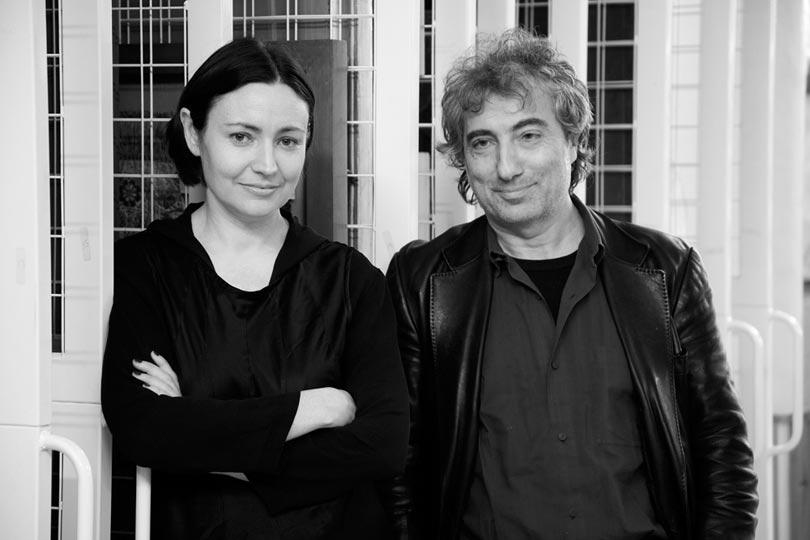Review by Siofra McSherry
The Concise Dictionary of Dress is an installation in the archives of the V&A at Blythe House, an enormous, mysterious building to which the public would otherwise have no access. We are buzzed through the security gates and escorted down in an industrial lift, accompanied by a guide who is helpful and mostly silent, opening doors, relocking them, entering passcodes and sliding back bolts to reveal rooms full of strange treasures. Horse armour, a hundred enamelled Chinese boxes or racks of old tin toys are organised according to impenetrable ciphers. These objects seem unaccustomed to the light, hidden away from view. The building itself is utterly quiet save the murmured conversation of working archivists and ourselves.
In this setting Judith Clark has placed a series of installations featuring items of clothing, fabric, and fashion. Her work is a response to certain definitions relating to dress, that have been commissioned from the psychoanalyst and writer Adam Phillips. These are surprising and often provocative, engaging with the psychological aspects of fashion, sex and disguise. The definitions are handed out on cards as the viewer meets each installation and are intended to be read, according to our guide, as a way of interpreting what is seen.
The group is led up first to the roof where the first installation is revealed in an alcove. In a space that might house a cannon or a watchman, a headless, translucent female figure overlooks the city. This is Armoured. The figure appears hard and brittle, exposing everything and revealing nothing. Every part of her can be seen yet, headless and heavily draped, very little can be known. The definition card suggests the figure may be ‘inviting attack by being prepared for it.’
Inside the archive installations are revealed within stacks, concealed in cupboards, and in locked rooms. The guide shepherds us through the enormous building and directs us into surprising corners - this is a space in which one would be lost without a guide, and any route taken through it would reveal vastly different sights and serendipities. This visit, restricted as it is, nonetheless allows us to catch glimpses of treasures half-revealed around other corners.
The installations are strongest when most suited to their immediate environment, giving the impression they are integral if anomalous parts of the archive. In a room in which hundreds of racks of stored textiles stretch away in uniform stacks, the white-shrouded mannequins of Plain stand around, dust sheets appearing to conceal precious material. The architecture of the dresses remains clear and thus a good deal of information about their possible purpose and period can be surmised; a bustle, a corset, an evening dress appear. They have structure but lack the personality given a dress by the material it is made from. They seem blank, or mute - difficult to decode. These statuesque figures form such a natural part of the archive that we need to clarify with the guide which figures were part of the exhibition and which were not.
Adam Phillips describes the installation as ‘a dreamscape of a museum’. Certainly these muffled and deconstructed dresses and accessories seem to be dreaming, suggesting possible scenes to which they might be worn, or the ghosts of bodies on which they might fit. The work is also haunted by the absent body of the archivist, her choices and decisions to reveal or to conceal. Blythe House is the haunted, unforgettable heart of this exhibition, which sets off strange and evocative echoes through its silent corridors and vaults.
Blythe House, London, W14 0QX













